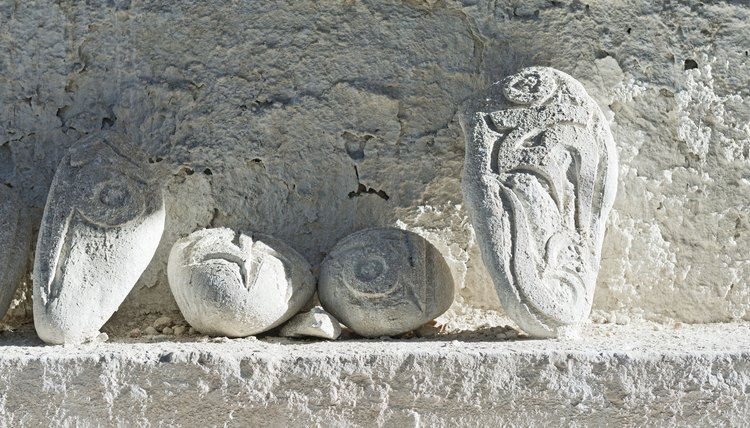List of Kundalini Mantras

A mantra is a single syllable, word or phrase that transforms or elevates consciousness through repetition. In Kundalini Mantra Yoga, mantras are used to connect the psyche to the universal consciousness.
This cosmology believes that vibrational sound created the universe. When uttered by the yogi, mantras have the power to harmonize body and mind with the infinite. Most kundalini mantras originate from Gurmukhi, the holy language of the Sikhs who hailed from Northern India.
Yogi Bhajan, the founder of modern Kundalini yoga wrote that “Mantra" is the combination of two words: Man means mind, Tra means the "heat of life" and Ra means Sun. According to the book, "The Kundalini Yoga Experience," by Darryl O'Keeffe and Guru Dharma Singh Khalsa, he believed that mantras take "the vibratory effect of each of your molecules into the Infinity of the Cosmos."
Auspicious Mantra
Ong namo, guru dev namo
Known as the adi mantra, Ong namo, guru dev namo is customarily chanted before beginning a session of Kundalini yoga. Its purpose is to prepare the body and environment for the open flow of Kundalini energy, but it's an auspicious invocation before embarking on any new venture. Its meaning is, “I call upon and bow to the infinite creative universe... I call upon and bow to the divine wisdom.” It should be chanted three times with hands in prayer position.
Channel-Opening Mantra
Ek ong kar sat nam siri wha hay guru
The adi shakti mantra is a traditional Kundalini Yoga mantra that is said to open a direct channel to the universal consciousness. It is also believed to magnetize the solar plexus with ego-shredding sacred sounds known as shabd. Its meaning is, "The Creator and the Creation are One. This is our True Identity. The ecstasy of the experience of this wisdom is beyond all words and brings indescribable bliss."

Mantras harmonize the mind-body connection and connect the psyche to the universal consciousness.
Mantra for Clarity and Wisdom
Sat Nam
This mantra, meaning, "Truth is my name," has a profound ability to clear away confusion and balance mental energy. It's a component of many longer mantras. By chanting Sat Nam, known as the bij mantra, you pay homage to the universal truth and goodness that lives inside you. When reciting, you should hold the word “sat” eight times longer than the word “nam.”
Panj Shabd
Sa ta na ma
Known as the Panj Shabd mantra, sa ta na ma is an extended version of the bij mantra above. Its syllables are translated respectively as infinity, life, death and rebirth.
Mantra for Inner Peace
Sat Naraian Wahay Guru Haree Naraian Sat Nam
It's when we resist what life presents you that unhappiness arises. Naraian represents the water element, telling you to stop swimming against the current and be one with the flow of life. Put it altogether and it's a a self-reminder of who you really are and to not get caught up in the superficial turbulence of existence: "True Sustainer, Indescribable Wisdom, Creative Source: This is My True Identity."
Protection Mantra
Ad Guray Nameh, Jugad Guray Nameh,Sat Guray Nameh, Siri Guru Devay Nameh
This is known as the Mangala Charn Mantra. It wards off harm by surrounding the aura's magetic field with protective light. It can be translated as, "I bow to the primal Guru (the guiding consciousness who takes us to God-Realization); I bow to wisdom through the ages; I bow to True Wisdom; I bow to the great, unseen wisdom."
References
Writer Bio
Martin Booe is a health, fitness and wellness writer who lives in Los Angeles. He is currently collaborating on a book about digital addiction to be published in the UK this December.
